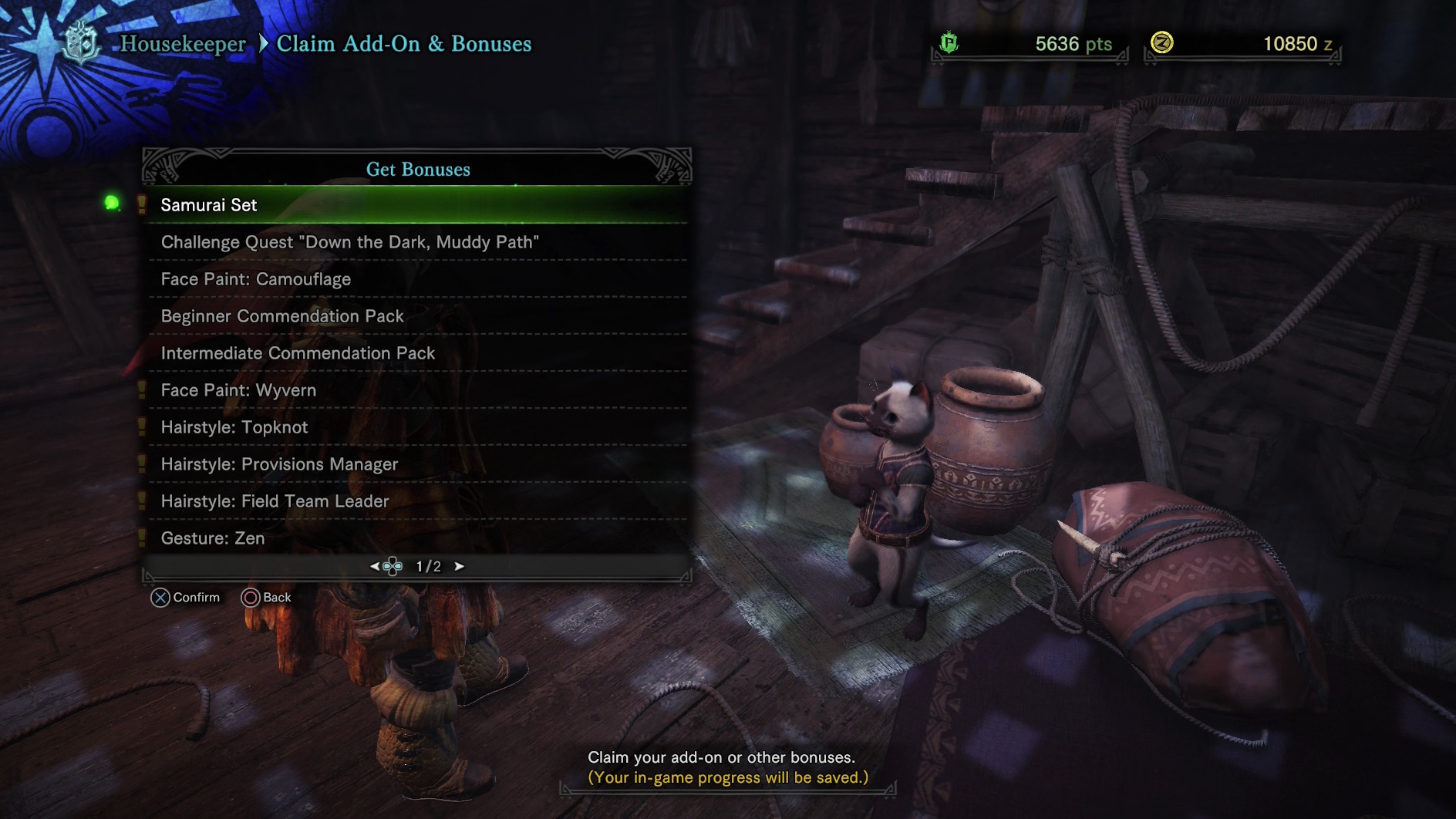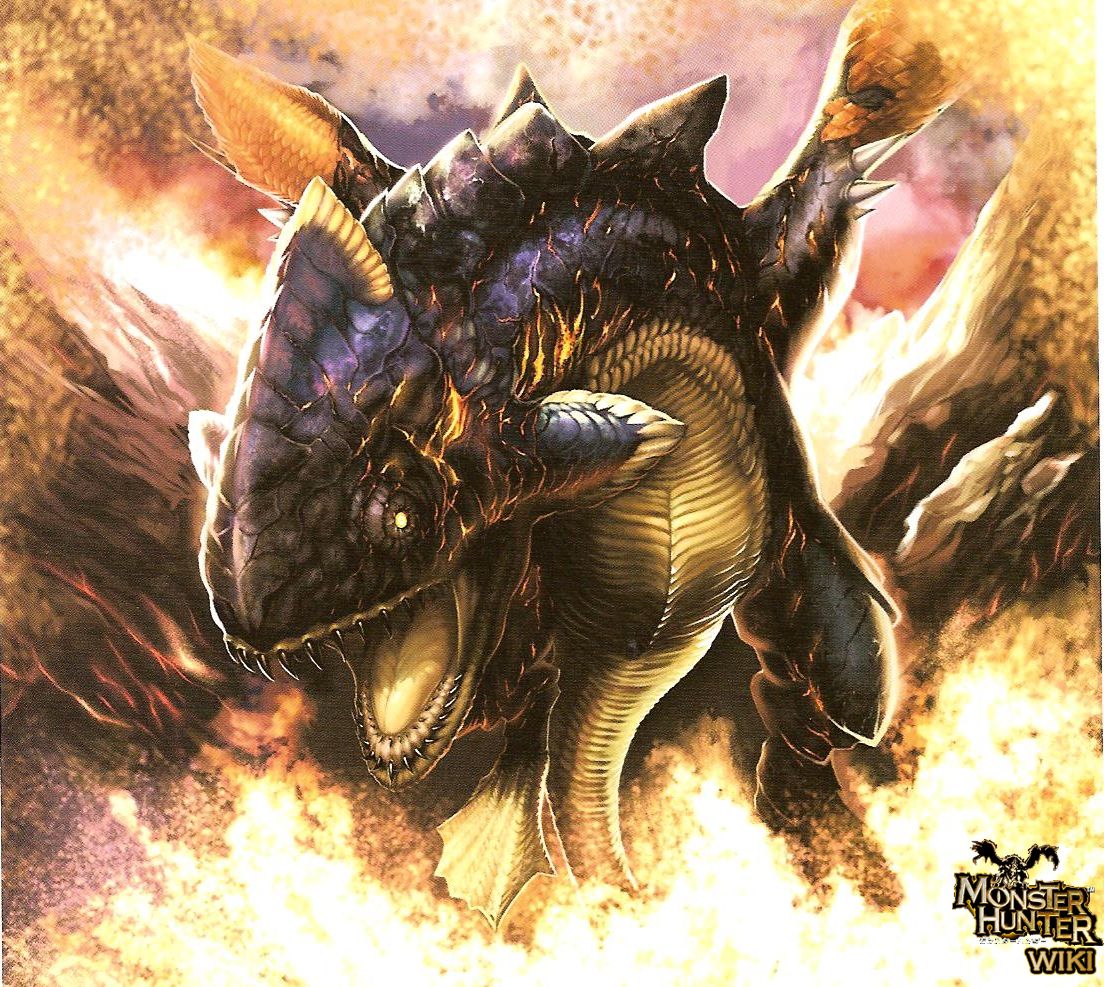

- MONSTER HUNTER WORLD PUSH TO TALK UPGRADE
- MONSTER HUNTER WORLD PUSH TO TALK SERIES
- MONSTER HUNTER WORLD PUSH TO TALK ZIP

This may make me sound slightly psychopathic but it is enormously satisfying to chase down a wounded creature trying to escape. It's also less shy than ever before about having monsters fight one another, which used to happen rarely in the older games but is now very frequent (you can also temporarily 'ride' the monsters during these and enjoy a Godzilla moment). It's actually difficult to describe a 'typical' hunt in Monster Hunter: Rise because part of the game's inexhaustible quality is that there are so many dozens of large monsters by now it can mix-and-match them in endless new combinations. Rise follows the usual pattern of setting you off against small dinosaur-like creatures like the Great Baggi or Great Wroggi before introducing the wilder, weirder stuff like Tigrex, the stone-cold classics like Rathalos, and the (mostly) awe-inspiring fights against the Elder Dragons. Monster Hunter has always been unforgiving: if you take its monsters lightly, even the weediest will quickly dispatch you.
MONSTER HUNTER WORLD PUSH TO TALK ZIP
The sense of verticality it has in the locations and the way you zip around them soon becomes second nature, and it really feels like from the opening seconds the chase is on. You can zoom through hunts with almost zero downtime, and combined with the generally faster pace of the game it makes Rise feel so much more pacey and vibrant than the older titles. In turn this means you spend most of your time playing Monster Hunter: Rise actually hunting monsters rather than fiddling around in menus or trying to work out what to do next, and hunting is absolutely why I play these games. It punts all the stuff that was a bit annoying. There's a mini-tutorial or guidance mission for every important element.
MONSTER HUNTER WORLD PUSH TO TALK UPGRADE
The upgrade trees for weapons have been made clearer. You used to have to look up what the 'key quests' for each hunter rank were online, for example, whereas now the game just tells you. There's a quality to Rise that maybe isn't obvious, which is that it has stripped away an enormous amount of the busywork the games used to come with. If you can stomach a few jagged edges and fuzzy textures, however, the art style more than makes up for the lack of grunt. The obvious caveat here is that, if you're playing this in 4K on max settings with a mega rig… it's never going to compete at that level. There are some basic presets before the graphics settings allow you to turn a wide range of options on or off, as per your preference, as well as support for ultrawide monitors and an uncapped framerate. Rise does suffer from screen tearing on occasion, though I didn't notice any frame drops or other performance issues. Performance was smooth on a GTX 1070-not that you'd expect any different. This may make me sound slightly psychopathic but it is enormously satisfying to chase down a wounded creature trying to escape, and set about it with your mates. You could very rarely stop them escaping or interrupt these movement sequences, but now, you just instantly hop on the dog and give chase. In older Monster Hunters, there always comes the point in a fight where your quarry realises they're in a spot of bother and takes off. This in turn changes up the rhythm of fights but in an awesome way. You can not only get around faster than ever, but it feels amazing to do so.
MONSTER HUNTER WORLD PUSH TO TALK SERIES
Series veterans will recall many a long slog across maps you know like the back of your hand, simply because that's the way things were, but in Rise your options with and without the dog now include wall running and a Spider-Man-style grapple that doubles up as an essential battle tool. You've still got your Palico, of course, but the dog transforms the game's traversal which, arguably, was always a weak-or at least not standout-element. One of the most fun additions is your Palamute, a rideable dog.


 0 kommentar(er)
0 kommentar(er)
